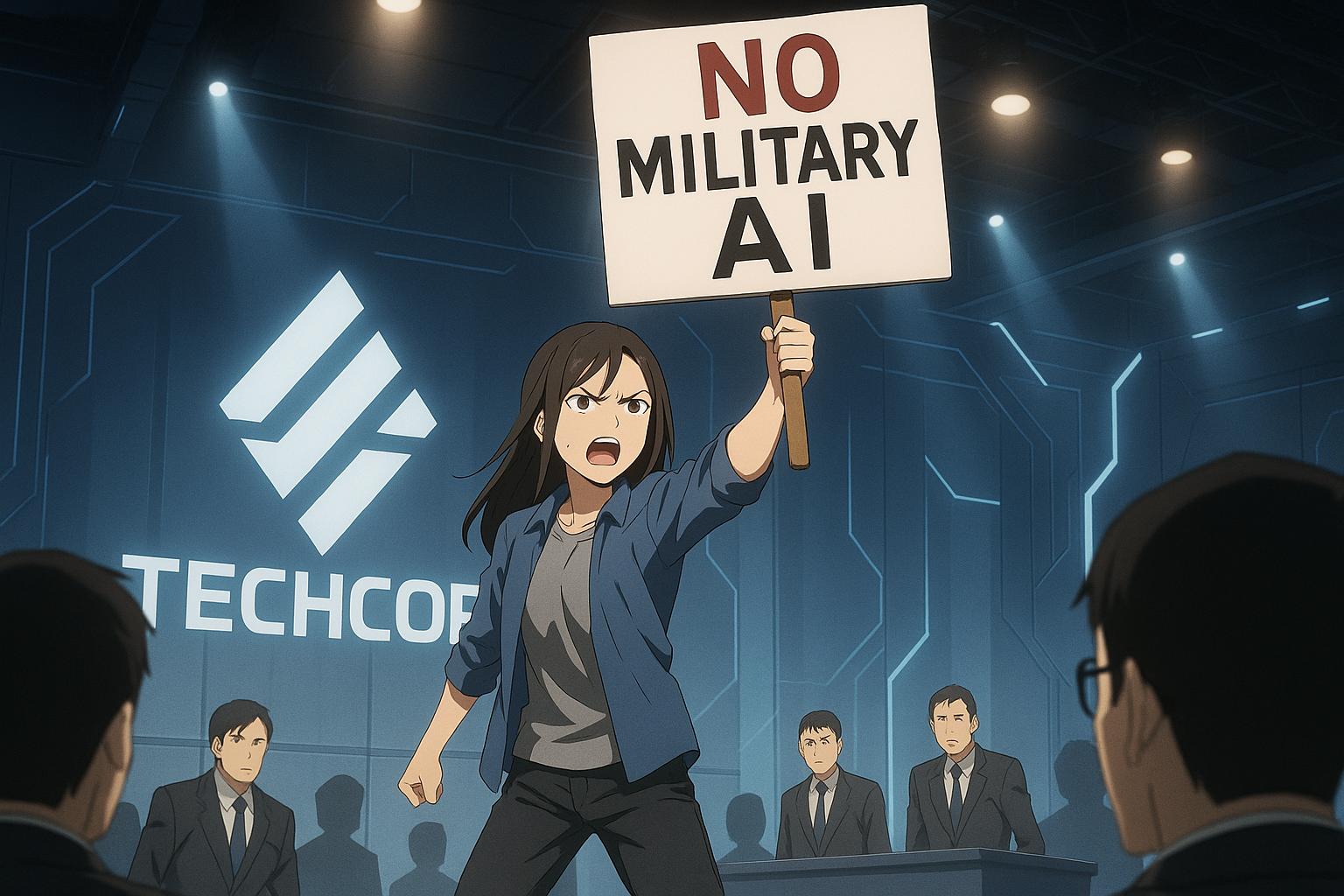Microsoft has found itself at the centre of controversy following the firing of employee Joe Lopez, who disrupted CEO Satya Nadella's keynote speech during the recent Microsoft Build developer conference in Seattle. Lopez's protest centred on the company's engagement with the Israeli military, particularly regarding the use of AI and cloud technologies amid the ongoing conflict in Gaza. His actions elicited widespread attention, marking a significant moment of internal dissent within one of the world's largest technology firms.
According to reports, Lopez challenged Microsoft's assertions about its Azure platform, which the company acknowledged has been utilised by the Israeli military amidst the ongoing conflict. While Microsoft claimed that it had not found any evidence implicating its technology in harming civilians, critics argue that the mere provision of such technologies raises profound ethical concerns. In the wake of these revelations, the advocacy group No Azure for Apartheid, composed of current and former Microsoft employees, highlighted ongoing efforts to address what they describe as the moral implications of the company’s partnerships.
The backdrop of this protest is crucial. Since the attack by Hamas in October 2023, there has been a notable increase in the military use of commercial AI tools, including those provided by Microsoft. An investigation by the Associated Press revealed that U.S. technology firms have substantially bolstered Israel's military operations, leading to both enhanced targeting capabilities and increasing civilian casualties in Gaza. Despite Microsoft's public statements emphasising ethical guidelines, the lack of transparency about how its products are used in real-world scenarios has drawn scepticism from rights groups and the public alike.
The situation escalated during the four-day event, which saw not only Lopez but other Microsoft employees voicing similar protests. Notably, Ibtihal Aboussad, another employee, interrupted a speech by AI CEO Mustafa Suleyman during the company’s 50th anniversary event, accusing Microsoft of complicity in violence and human rights abuses. These incidents indicate a rising tide of internal opposition, with employees feeling compelled to speak out against what they perceive as unethical practices.
Critics have pointed out that Microsoft's claims of maintaining strict ethical norms through its AI Code of Conduct and Acceptable Use Policy ring hollow in light of the growing body count in Gaza. Rights organisations have urged tech companies to acknowledge their role in facilitating violence through technology. As the number of civilian deaths in Gaza surpasses 50,000 since the conflict escalated, the ethical ramifications of using AI in warfare become increasingly urgent.
Moreover, Microsoft's recent partnerships, such as the one with Elon Musk's AI startup xAI, further complicate its public relations in this context. Musk, who spoke at the conference via pre-recorded message, did not address the surrounding controversies. Instead, he announced that his company’s Grok chatbot would be hosted on Microsoft’s Azure platform, which has already faced scrutiny for its role in military operations.
This ongoing saga raises essential questions about the accountability of tech companies in military contexts and the ethical responsibilities inherent in developing technologies with potential warfare applications. The internal protests at Microsoft not only signal a growing awareness and unease among its workforce regarding the implications of their work but also highlight a broader critique of the technology sector’s complicity in global conflicts.
With significant employees now speaking out publicly and advocating for change, it remains to be seen how Microsoft will navigate the backlash and whether it will reconsider its partnerships or policies in light of these emerging ethical dilemmas.
Reference Map:
- Paragraph 1 - Sources 1, 2
- Paragraph 2 - Sources 3, 7
- Paragraph 3 - Sources 2, 4
- Paragraph 4 - Sources 5, 6
- Paragraph 5 - Sources 3, 6
- Paragraph 6 - Sources 4, 5
- Paragraph 7 - Sources 5, 6
Source: Noah Wire Services
